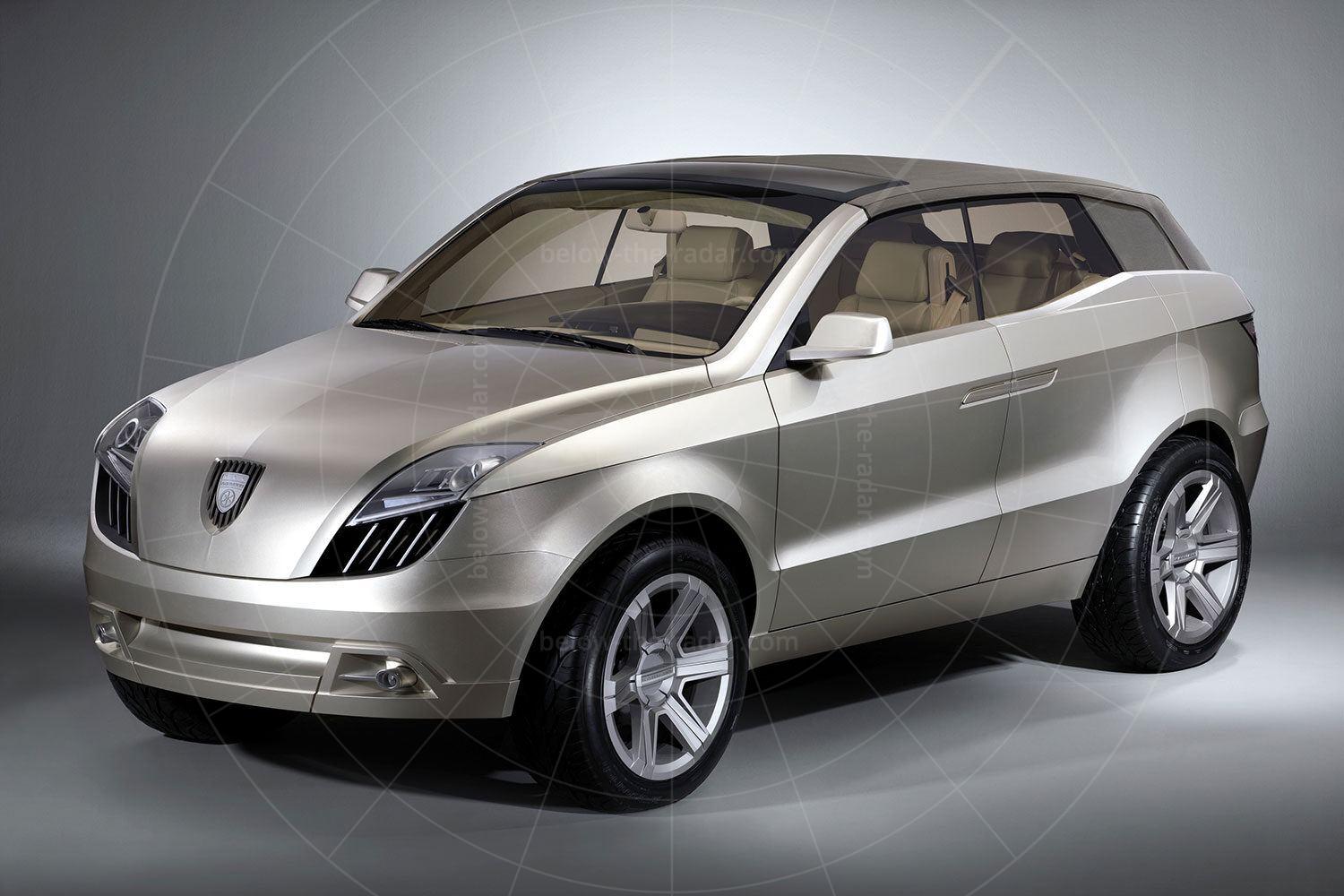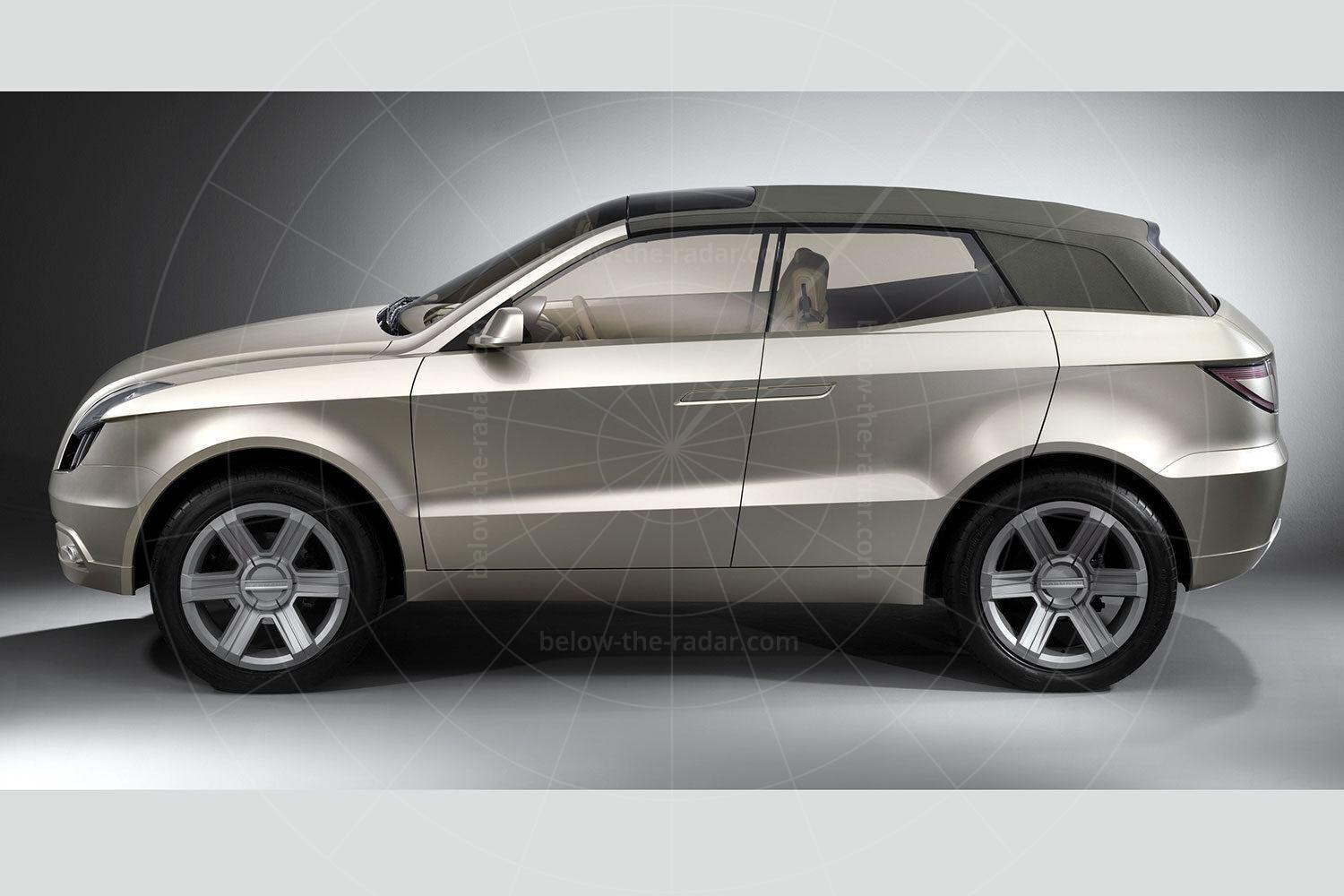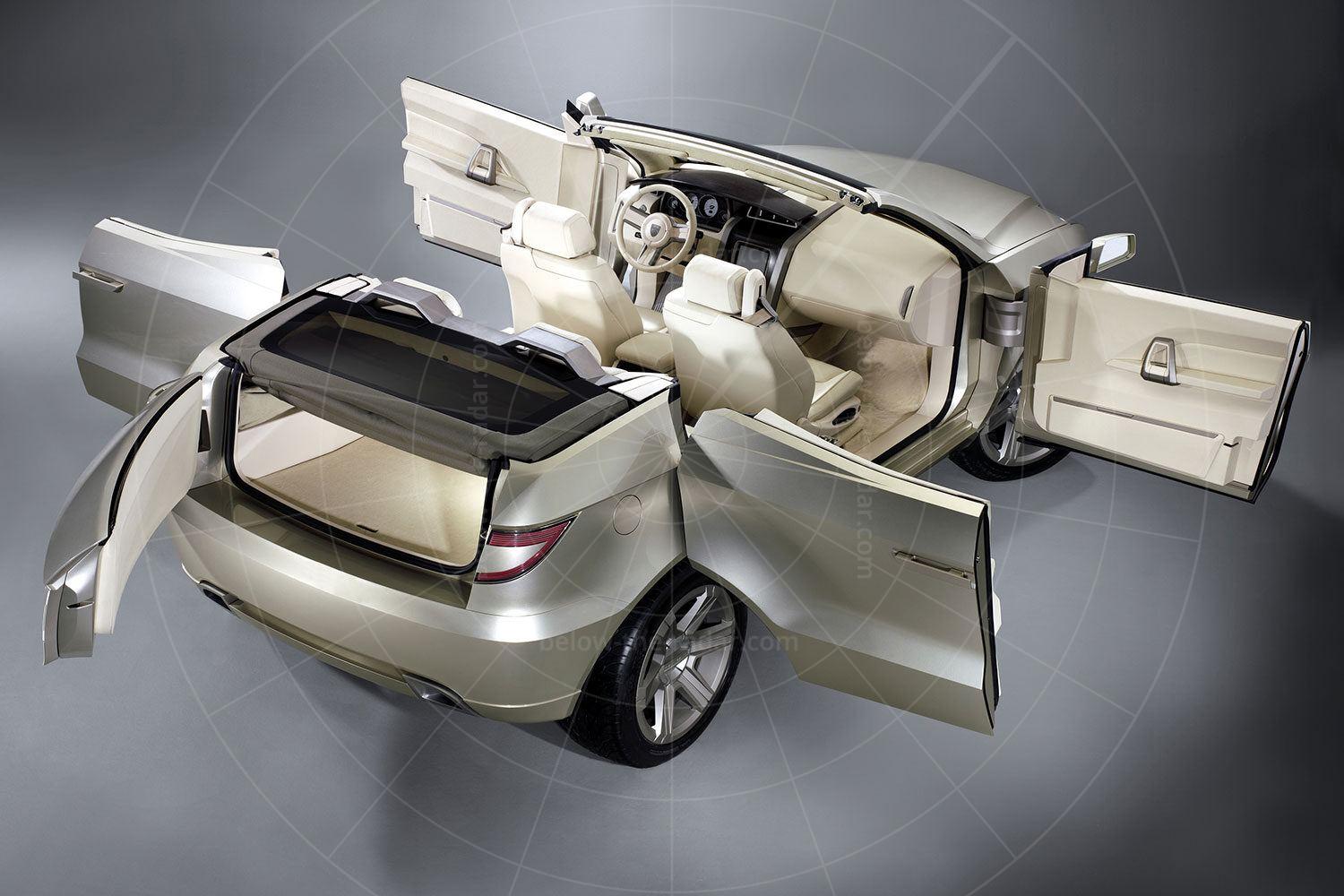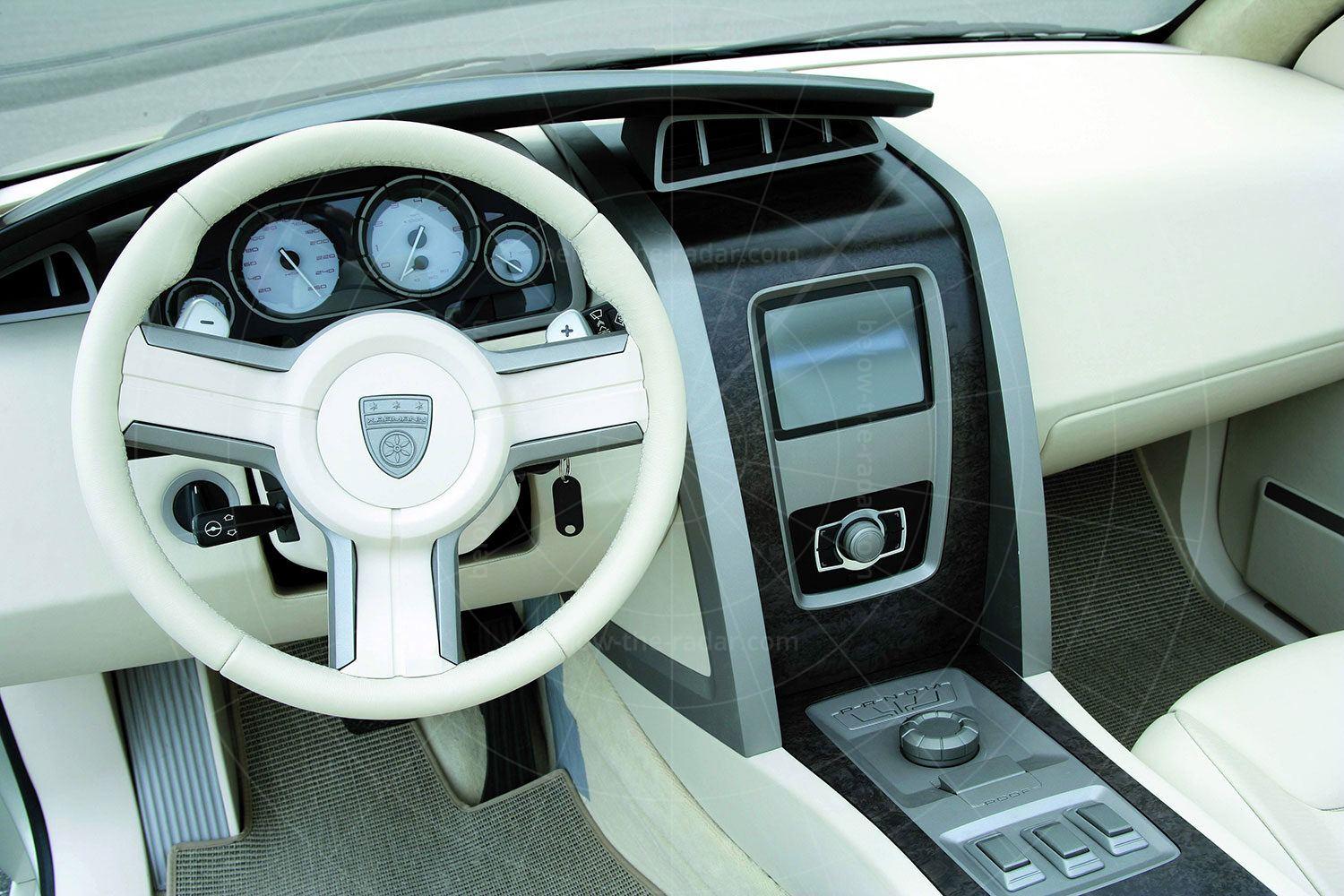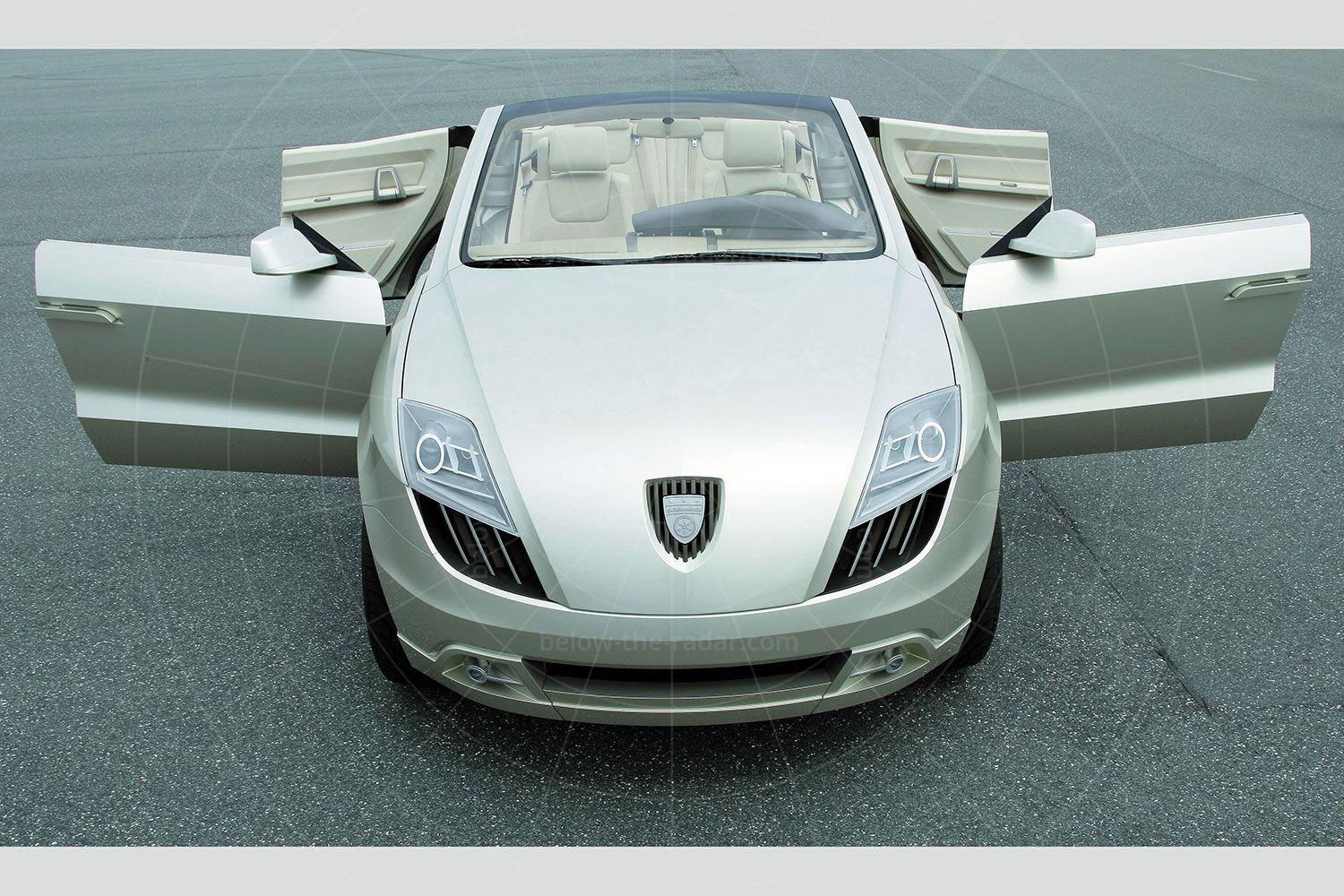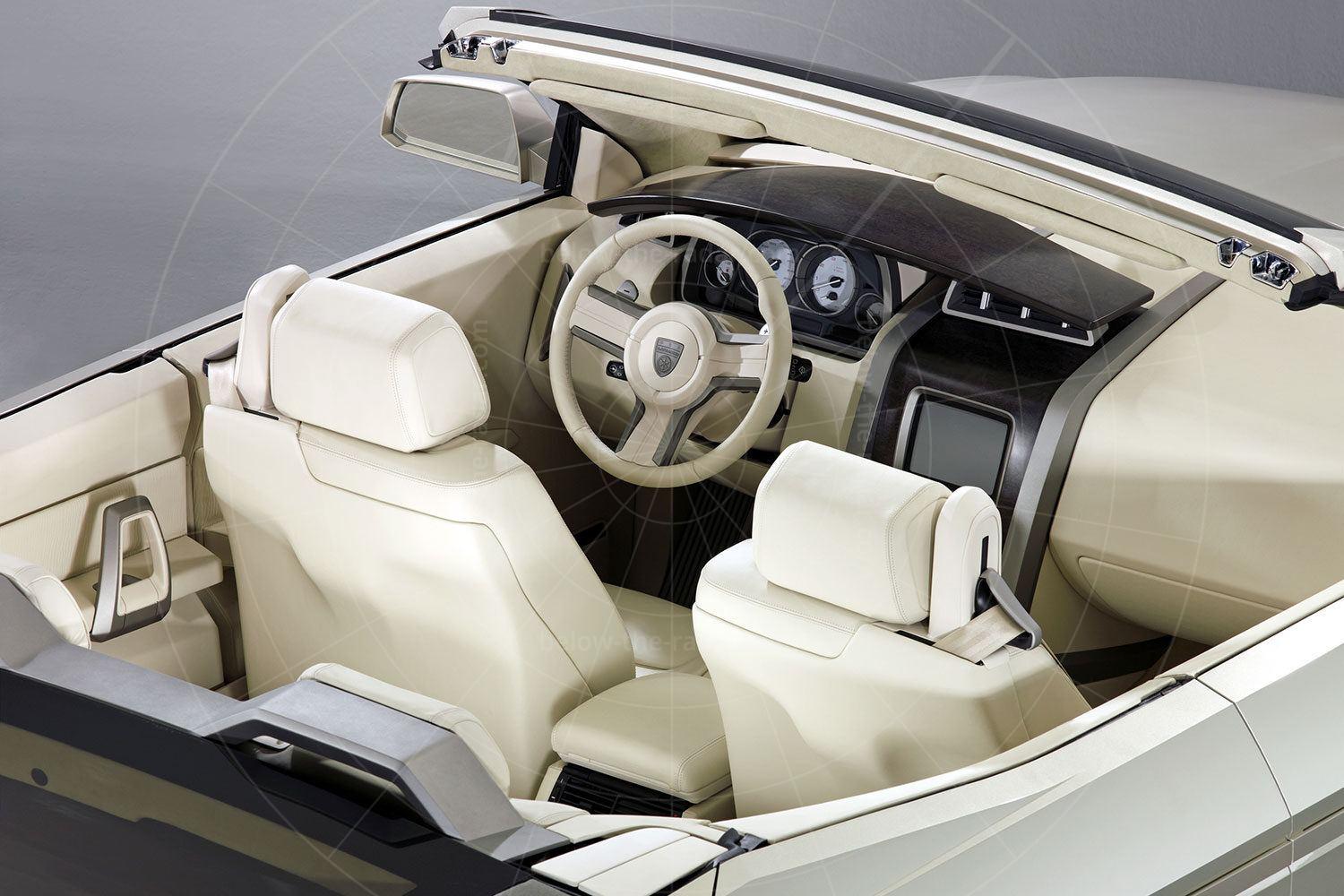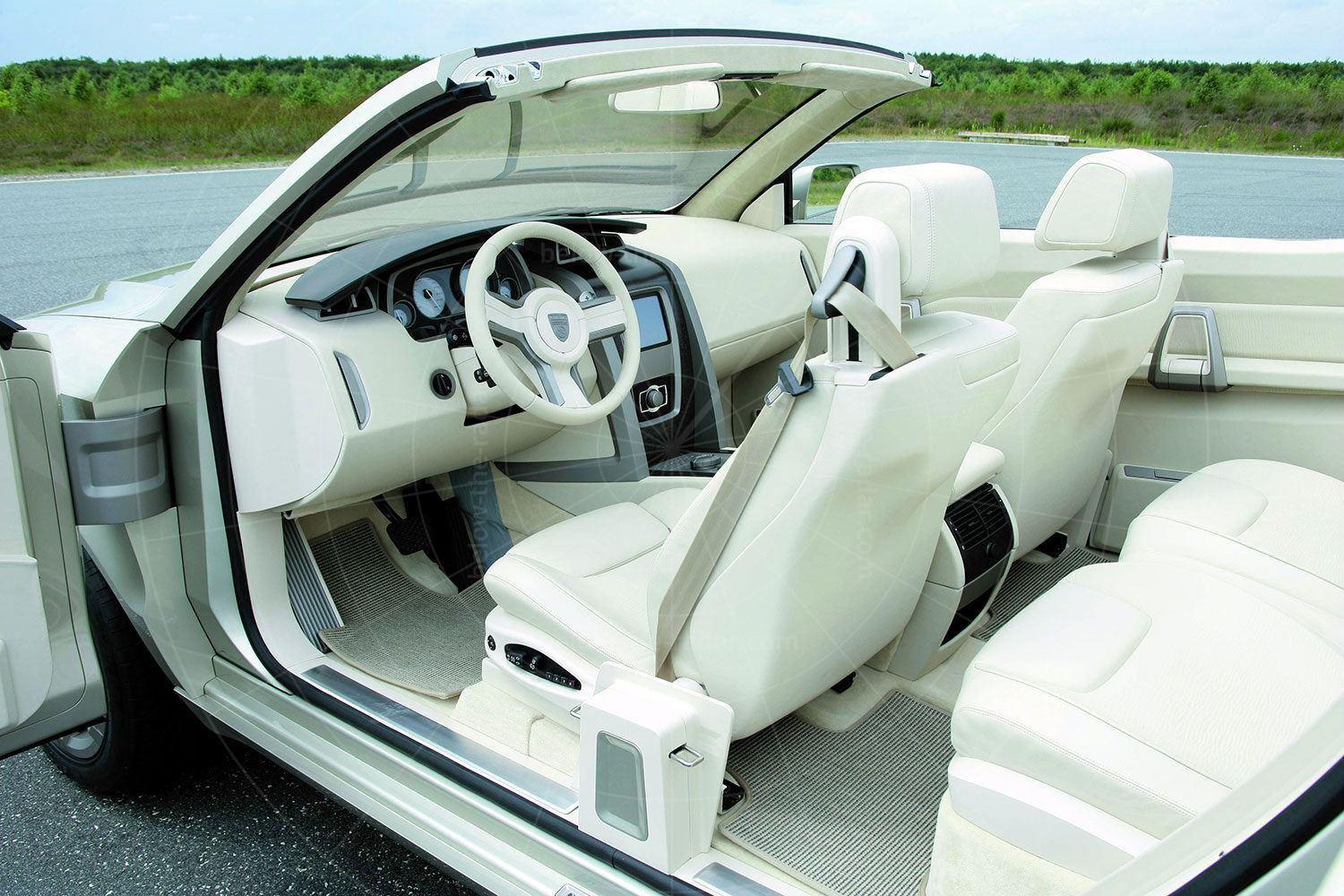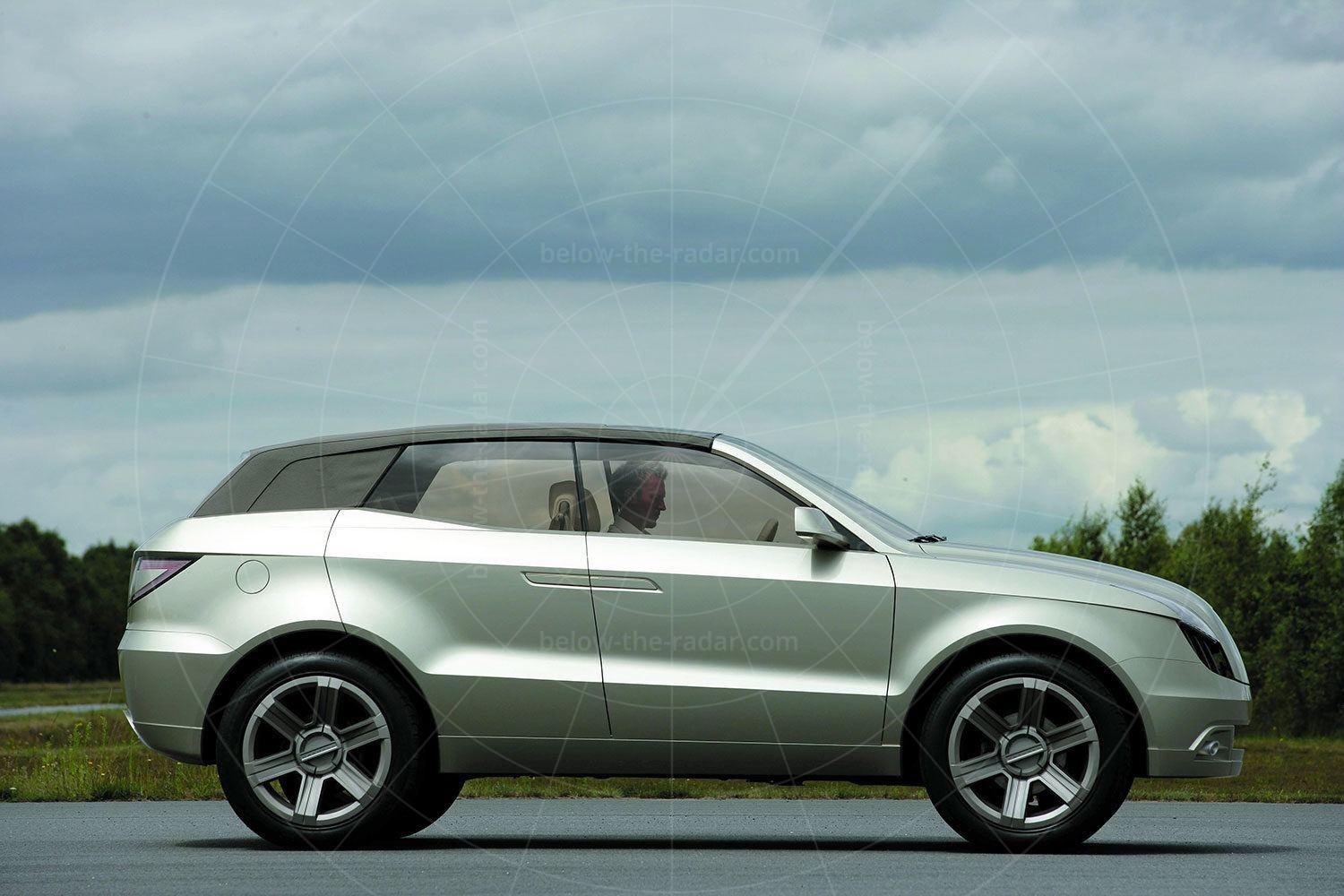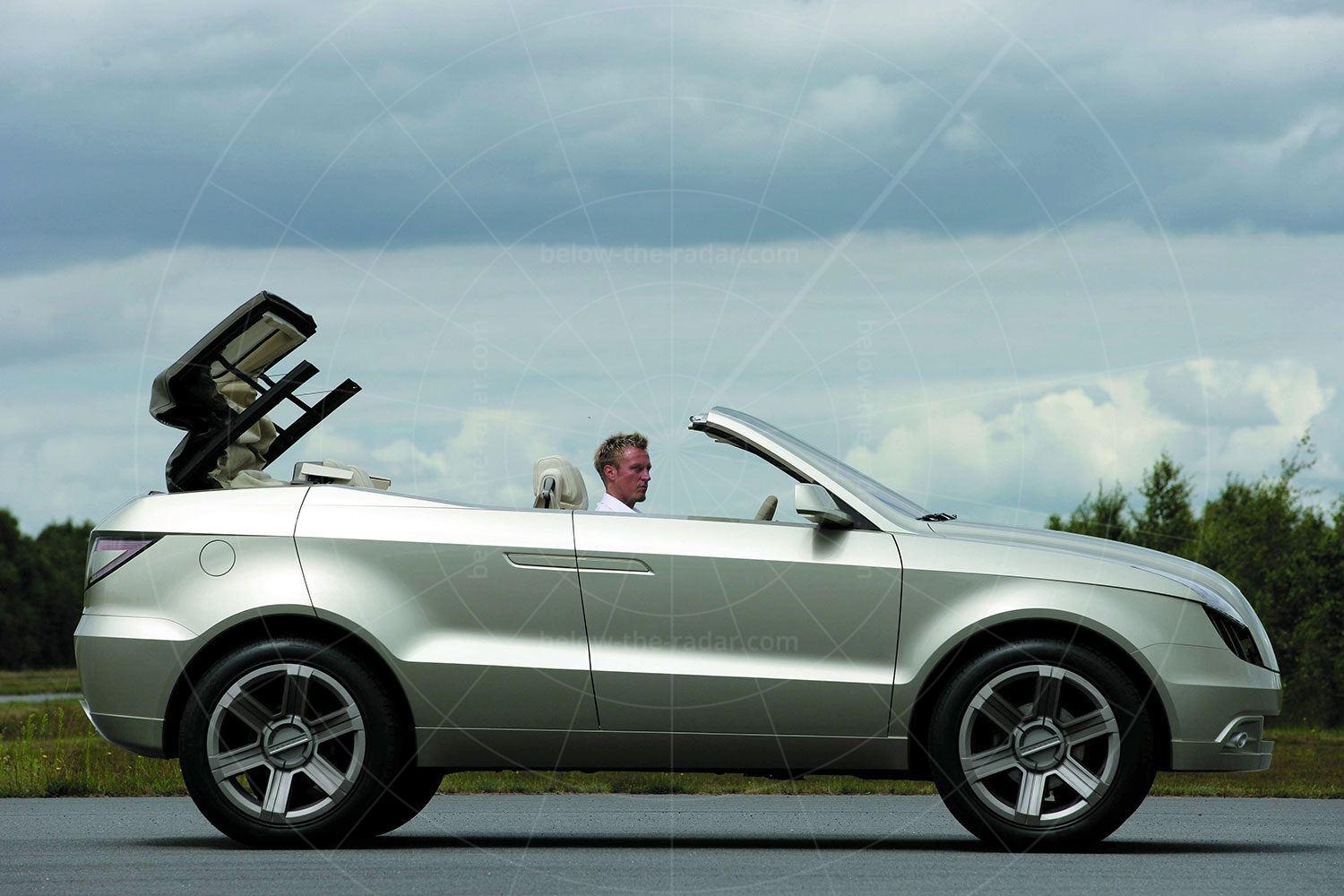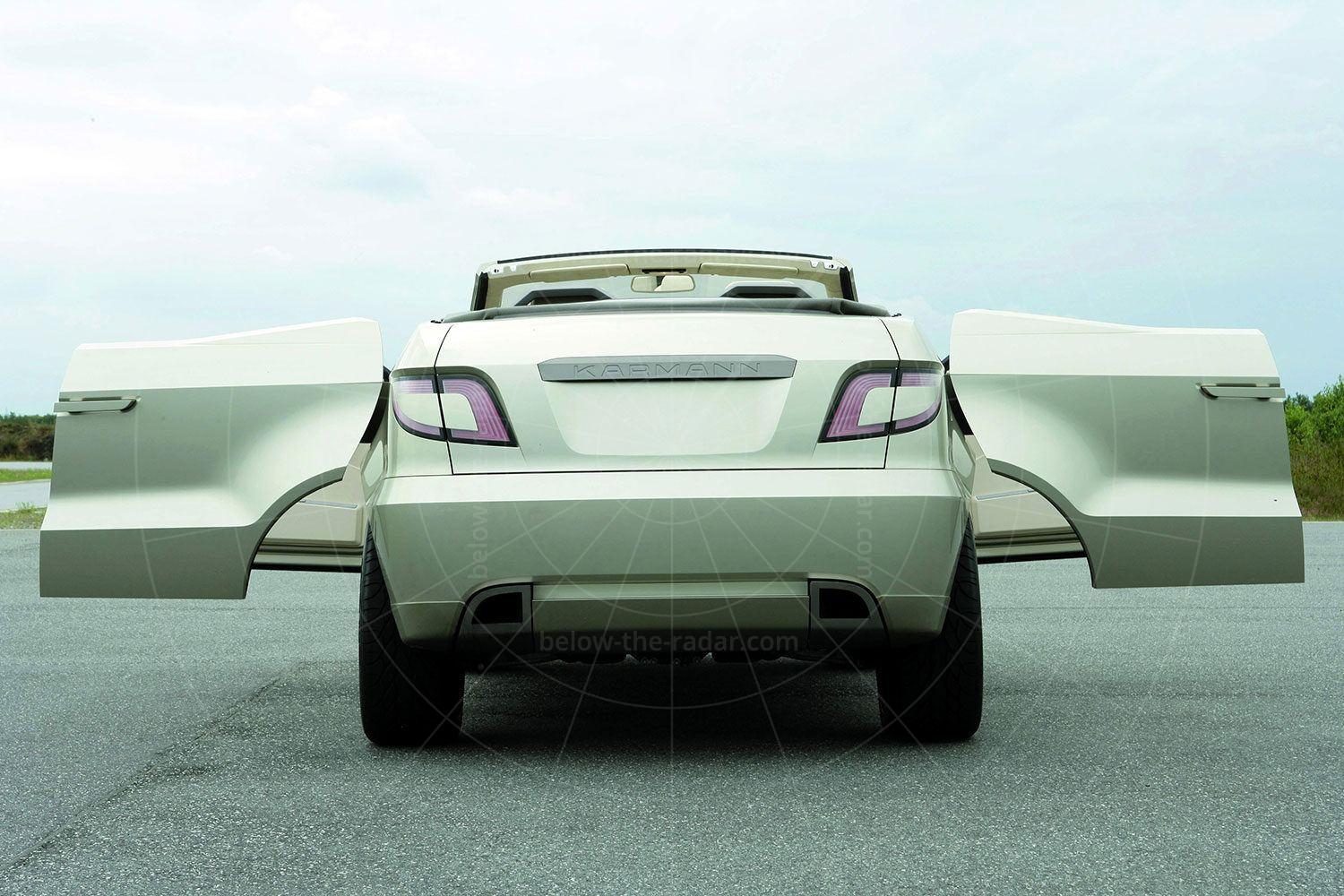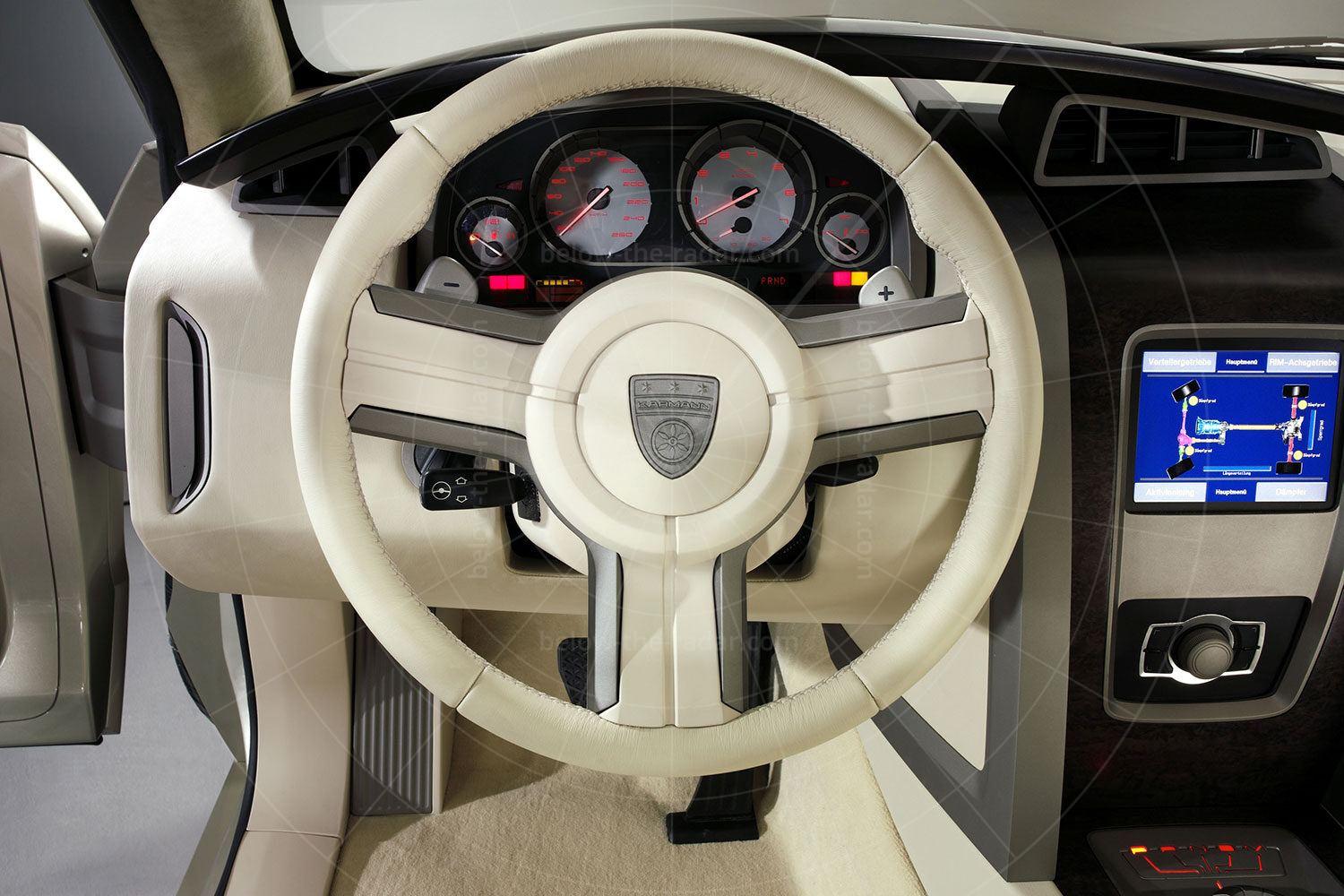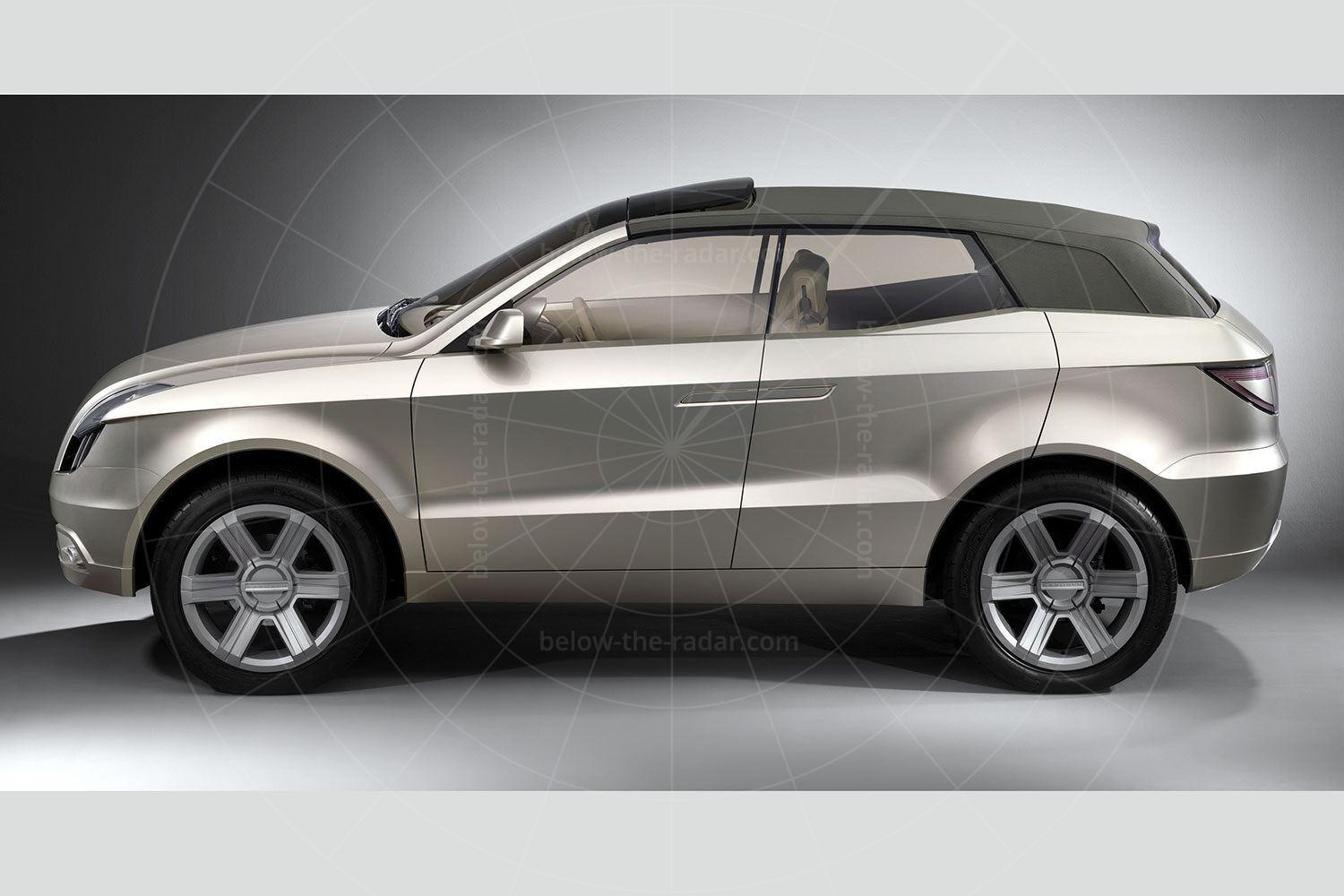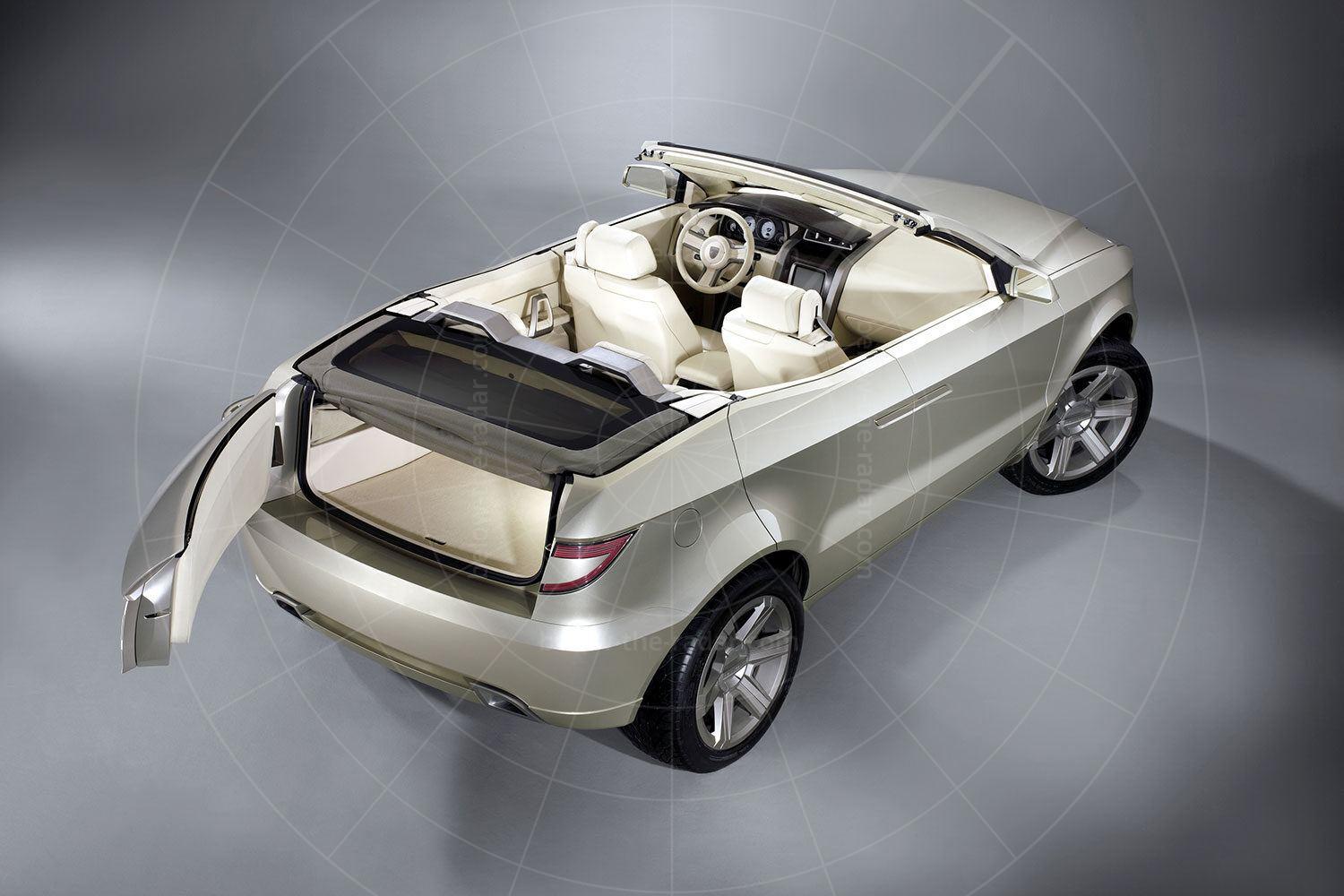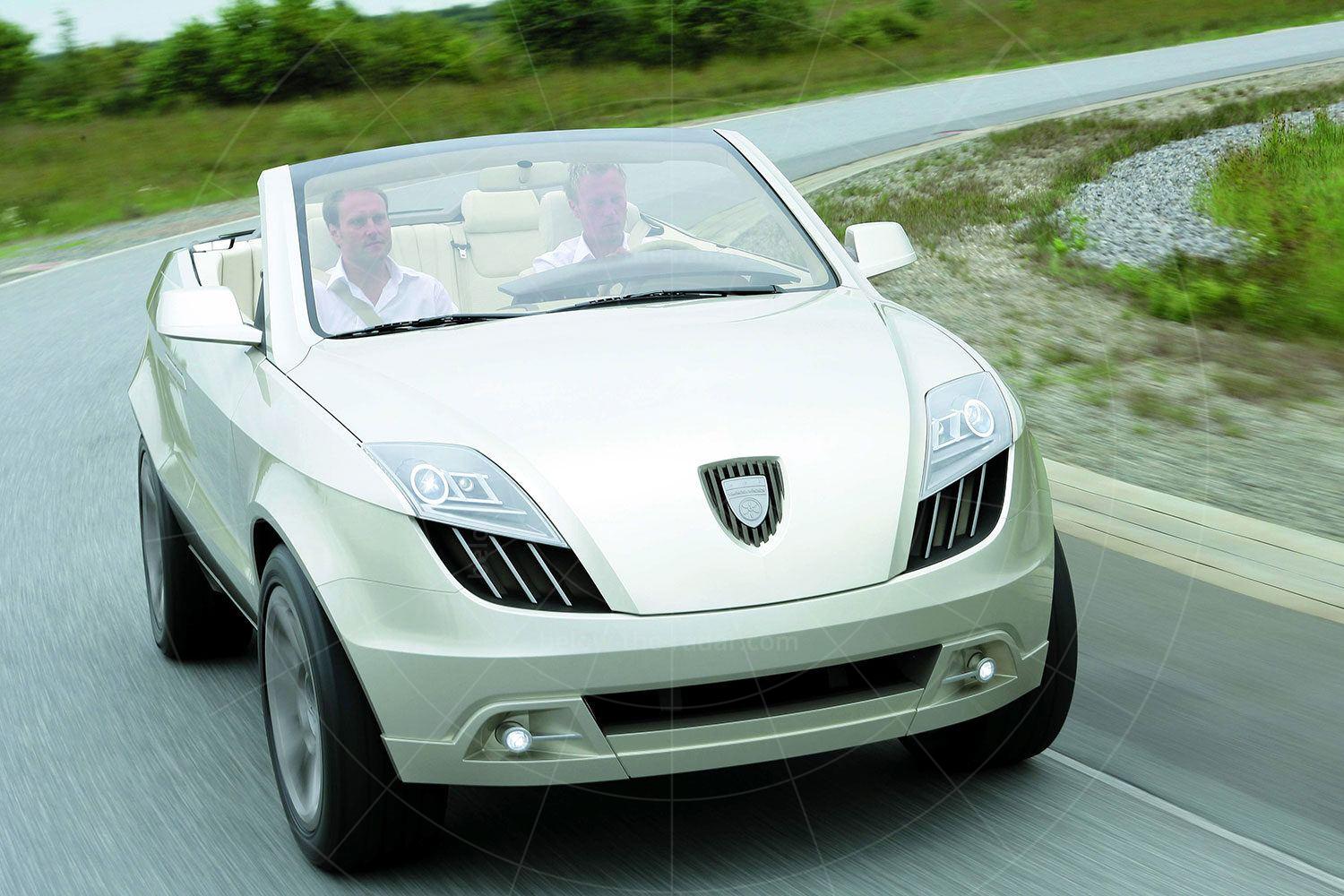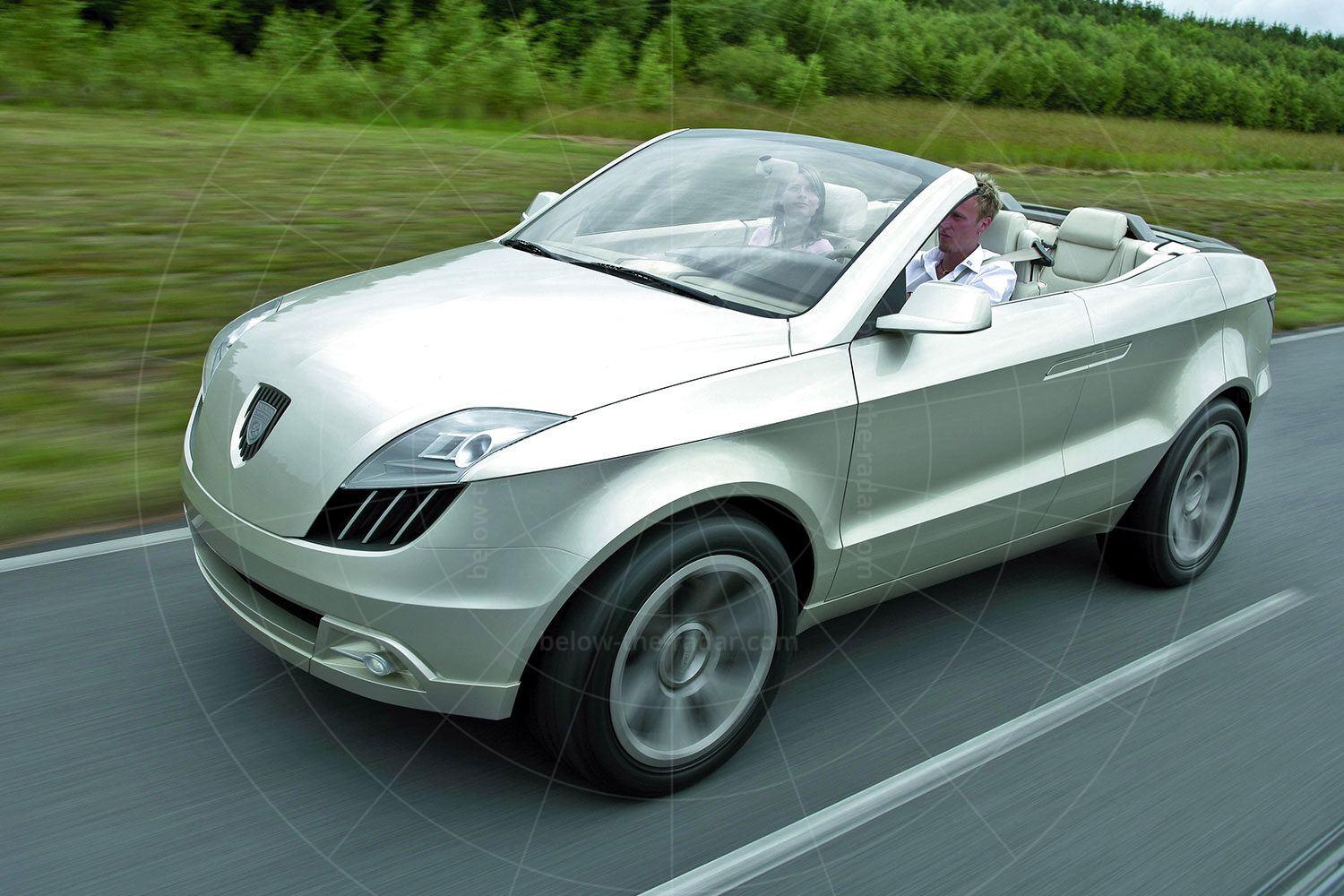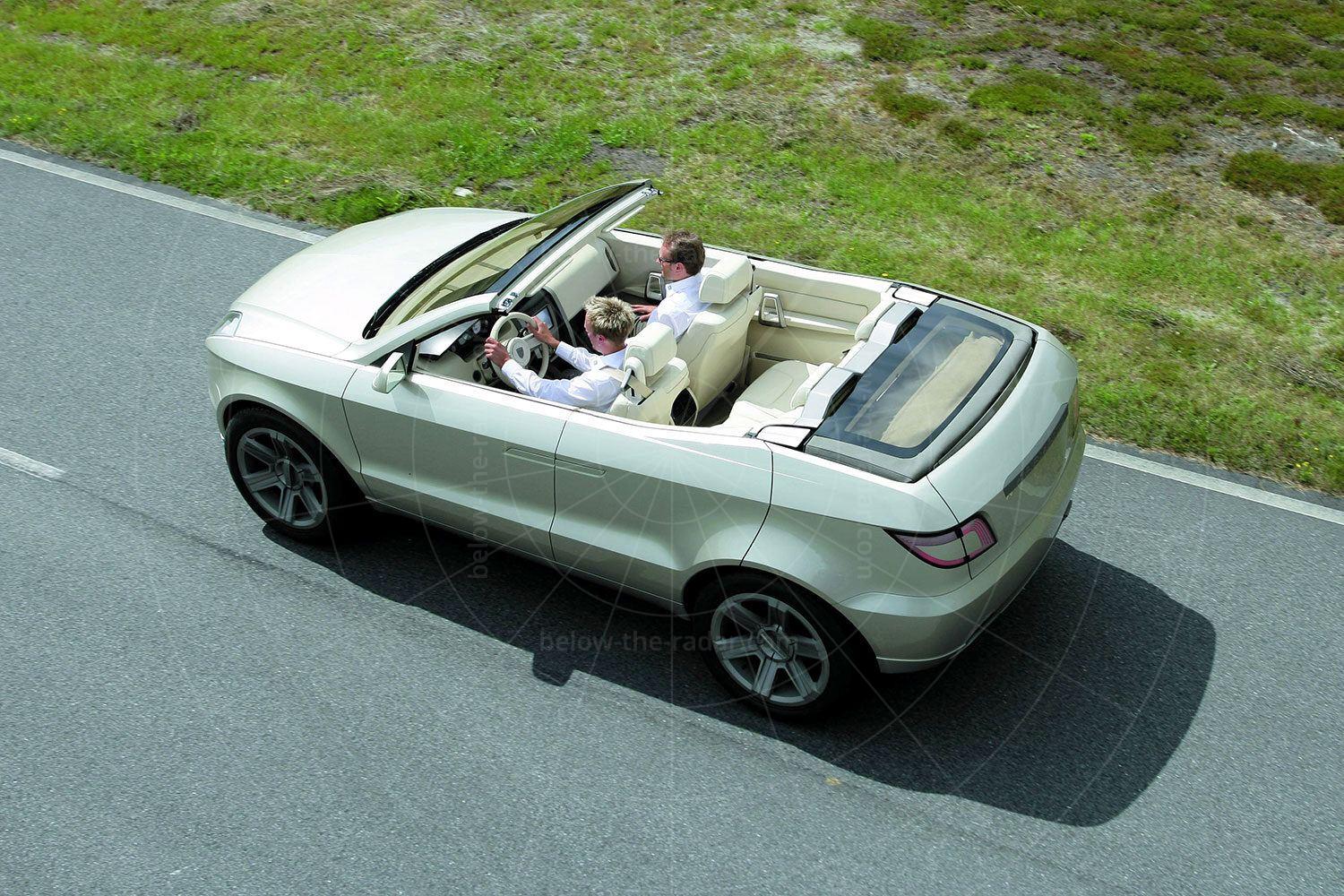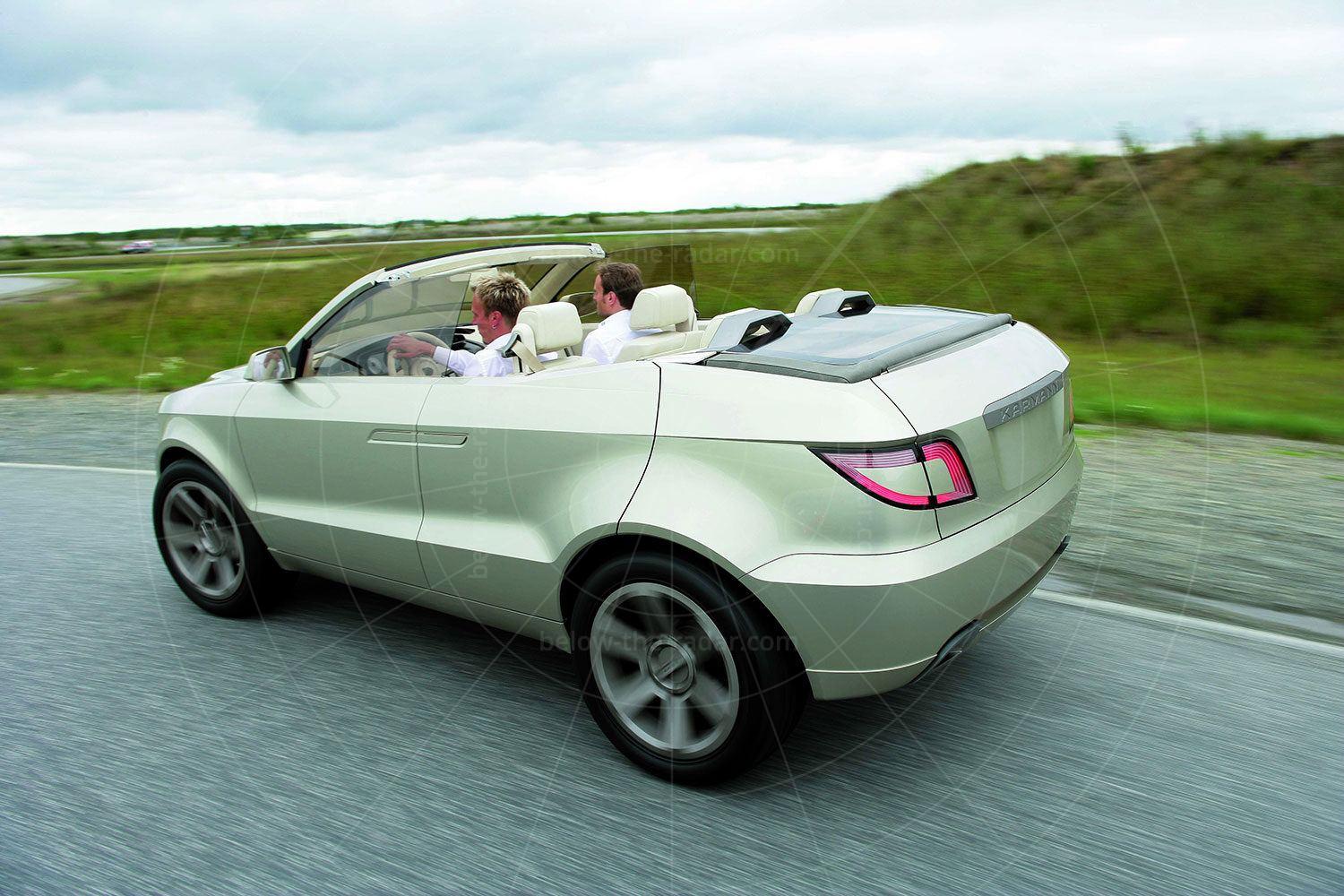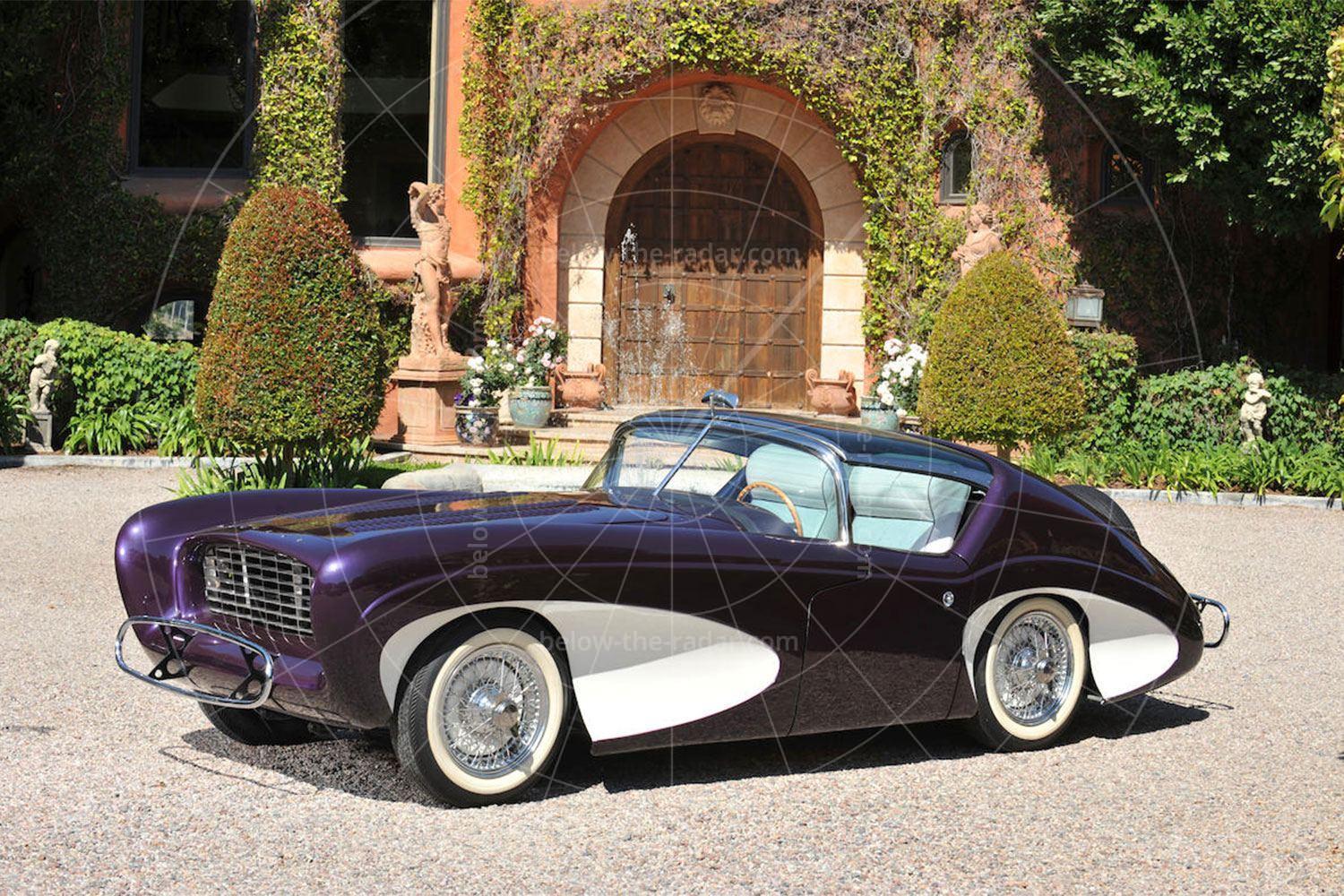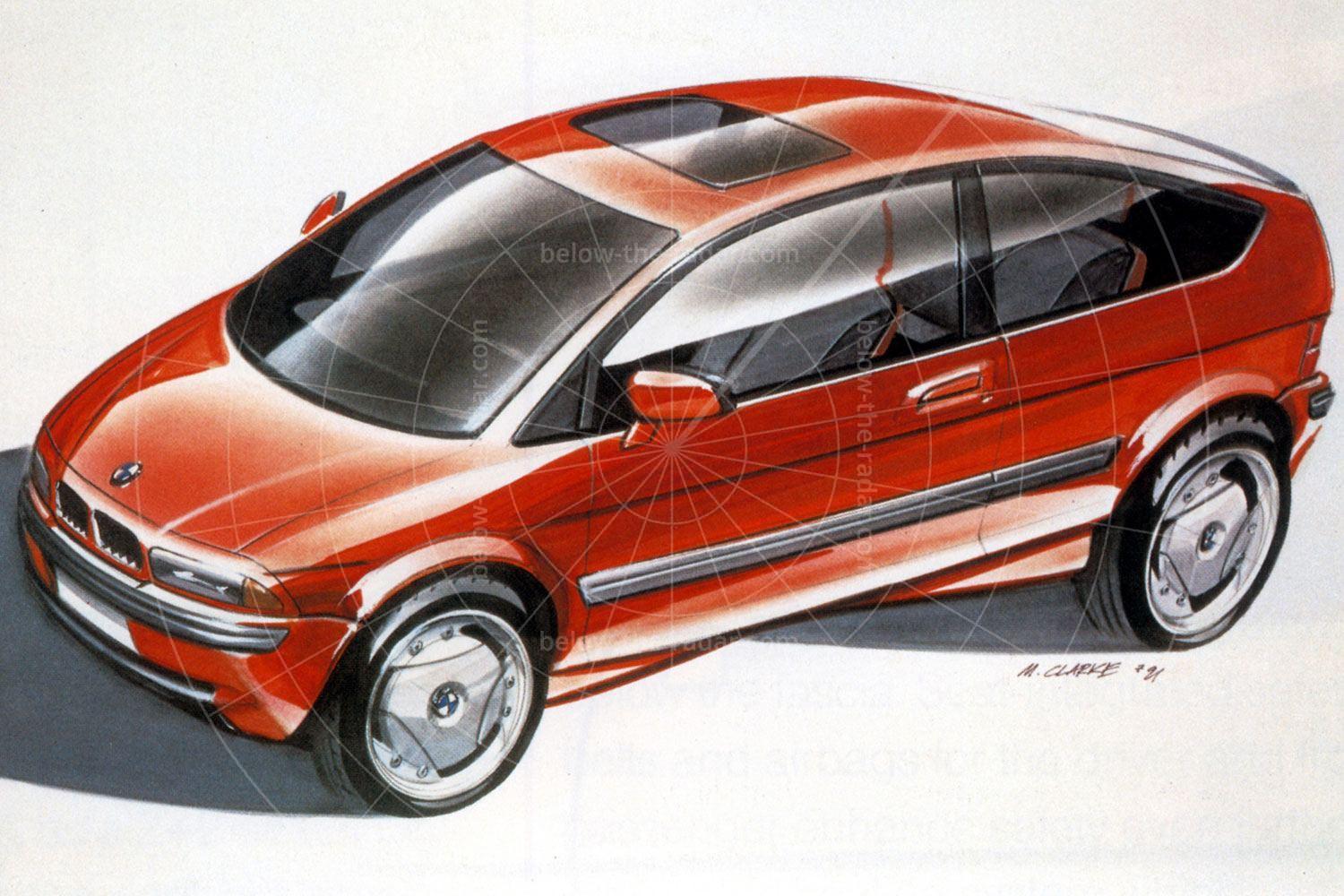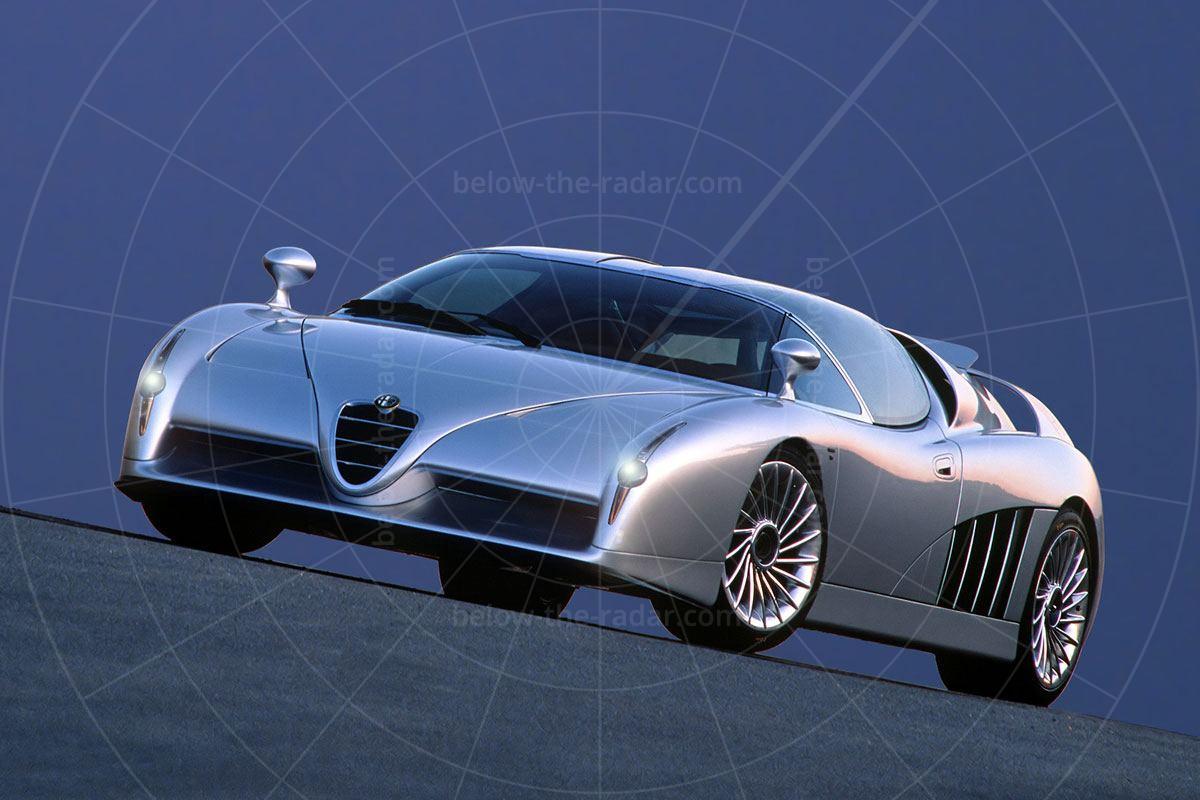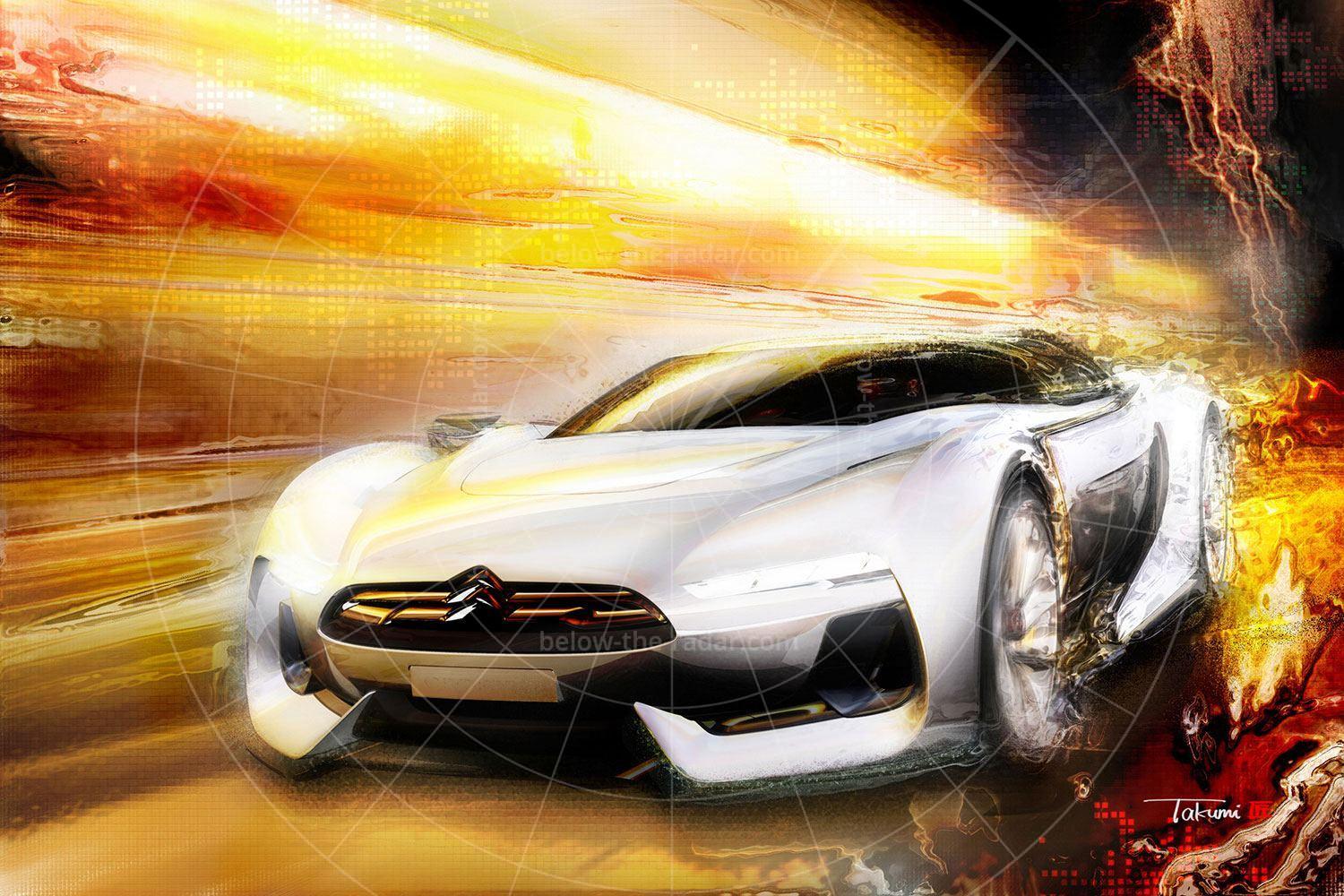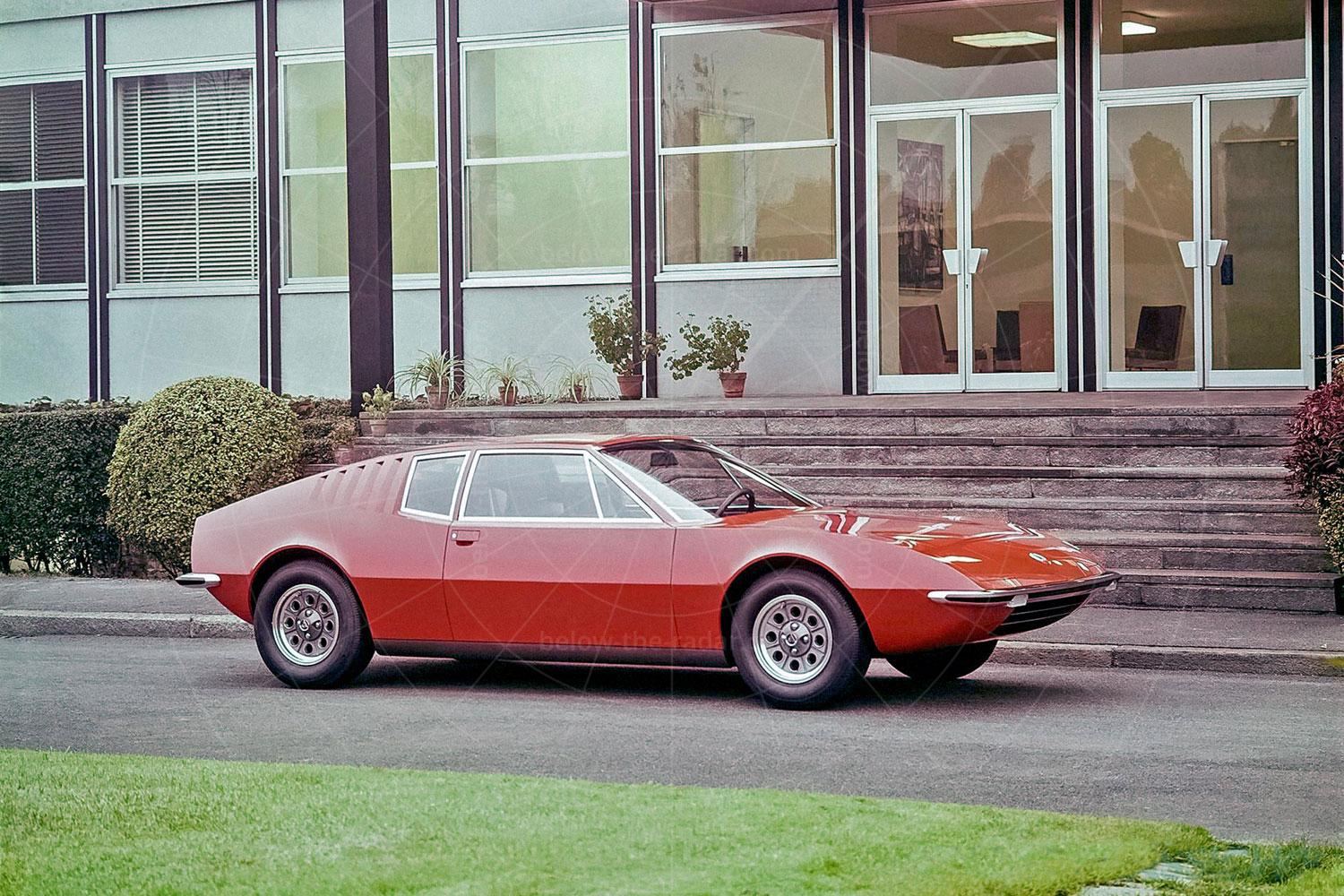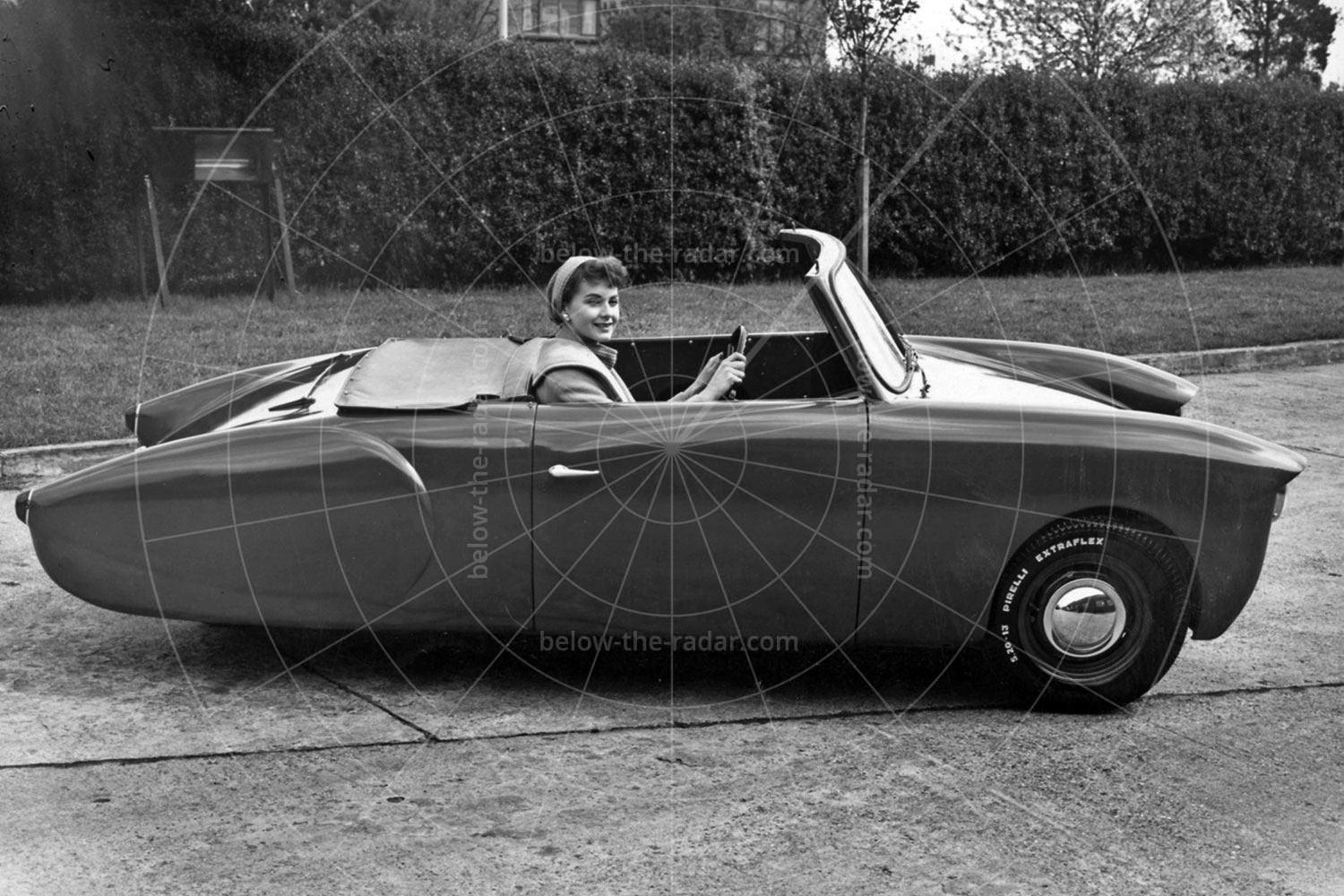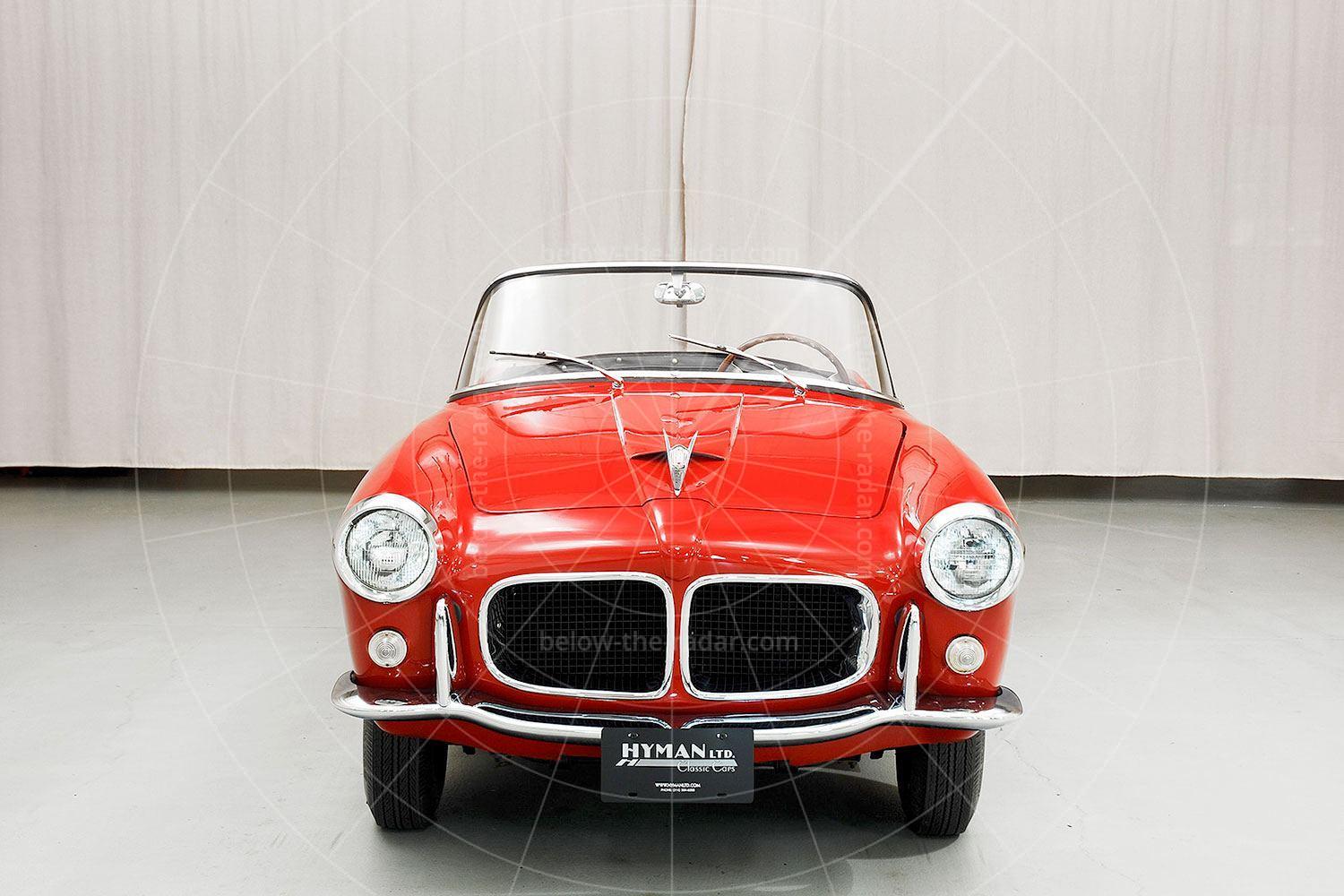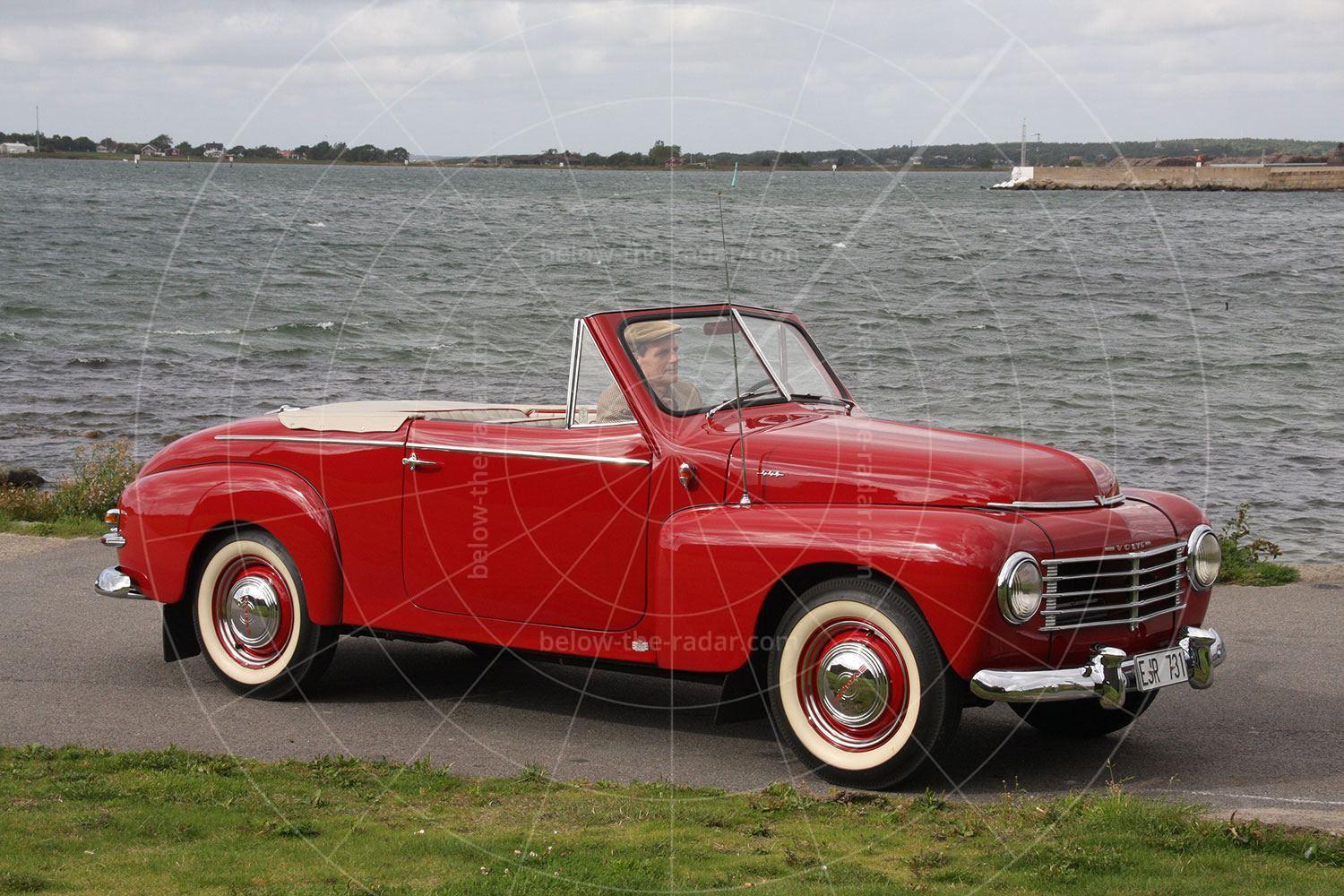For some reason, car makers and coachbuilders are constantly trying to reinvent the wheel. As if there aren’t enough types of car already available, there’s always someone on the lookout for the next big thing. The result has been a multitude of ‘crossover’ vehicles over the years. While this term has generally come to mean a compact SUV, in reality it’s the result of any segments being combined – and in some cases it can be more than just two.
Take the Karmann SUC for example, otherwise known as the Sport Utility Cabrio. Karmann went bust in 2009 and it’s not hard to see why, when it was focusing its efforts on projects as barking mad as this one. If ever there was a type of car guaranteed to prove impossible to resolve economically, it’s the four-door convertible. Throw in the SUV configuration as a start point and you just know you’re doomed to fail. That didn’t stop Karmann dreaming up the SUC though, in conjunction with transmission specialist ZF. The duo had their work cut out trying to overcome the packaging, rigidity and safety issues inherent in a car such as this, so there was never any possibility of the car ever being commercially viable.
However, credit where it’s due; Karmann’s designers and engineers came up with a fully driveable prototype which worked. Well, more or less. However, despite the SUC being doomed from the outset, it provided a great showcase for Karmann’s talents, and as it worked with various large car makers there was always the chance of one of them adopting the technology for a luxury convertible – after all, by doing so they’d be able to distance themselves from rivals.
So while the SUC made little sense at any level, it was quite a neat feat of engineering because it managed to make quite a good job of finding solutions to complex problems, even if the end result was something that you could hardly call attractive.
All of the running gear was taken from the BMW X5, which meant there was a V8 petrol engine and four-wheel drive. That wasn’t a bad start point as the X5 was reckoned to be one of the most dynamically adept SUVs available at the time.
However, while the X5 provided an impressive base car, it was only ever meant to be a start point; once partner ZF had got to work on it the SUC’s dynamic capabilities were even more impressive. That’s because ZF added a multitude of sensors to create a series of safety systems that allowed the car to seemingly defy the laws of physics, while also improving handling and refinement. Just as crucially, ZF’s work also ensured that if the SUC was taken into an off-road situation, its ample power could be deployed to whichever wheel was best able to cope. Bearing in mind the SUC’s configuration though, it would have been fascinating to see just how stiff its structure proved to be when tackling some really rough terrain…
Ultimately the SUC’s underpinnings weren’t really all that important though, because it was on top that mattered. That’s because the point of the SUC was to pioneer a seriously impressive folding roof mechanism that allowed a much larger span than usual, to fold away out of sight once stowed. Indeed, the folding cloth roof was something of a masterpiece, as it incorporated a polycarbonate sunroof – yet it still folded flush when stowed. This sunroof could be tilted for extra ventilation with the roof up, and even when the car was in closed mode the roof didn’t look ungainly – something that would have been quite understandable bearing in mind the generous proportions of the SUC. With an area of over four square metres, the SUC’s roof was the largest fully automatic cabriolet roof in the world, even if it was just a one-off.
At first glance the SUC looked rather like the original Renault Koleos – a compact SUV that bombed globally. However, while the Koleos was ugly, the SUC took this lack of attractiveness to new heights – it was as though Karmann’s design team had set out to create the ugliest car possible. While the sculpted sides and overall profile looked pretty good, the nose was a mess with its lack of grille, oversized badge and awkwardly sized vents sitting below the headlights.
While the roof was an impressive feat of engineering, so too was the ingenious glass rear window, which retracted electrically into the tailgate when the roof was stowed. Behind the rear seats there was a pair of pop-up roll hoops, for protection in the event of the car rolling; once again, these were neatly integrated so that they worked whether the roof was up or down.
Karmann didn’t make things easy for itself though, because as if making a four-door convertible rigid wasn’t hard enough, there was no B-pillar at all. As a result the rear doors opened backwards; something that was starting to become fashionable in production saloons such as the Mazda RX-8 and Rolls-Royce Phantom.
| Vital statistics | |
|---|---|
| Debut | Frankfurt 2005 |
| Engine | Front-mounted, 4401cc, V8 |
| Transmission | Six-speed auto, four-wheel drive |
| Power | 320bhp |
| Torque | 324lb ft |
| Top speed | 130mph approx |
| 0-62mph | 8 seconds approx |



